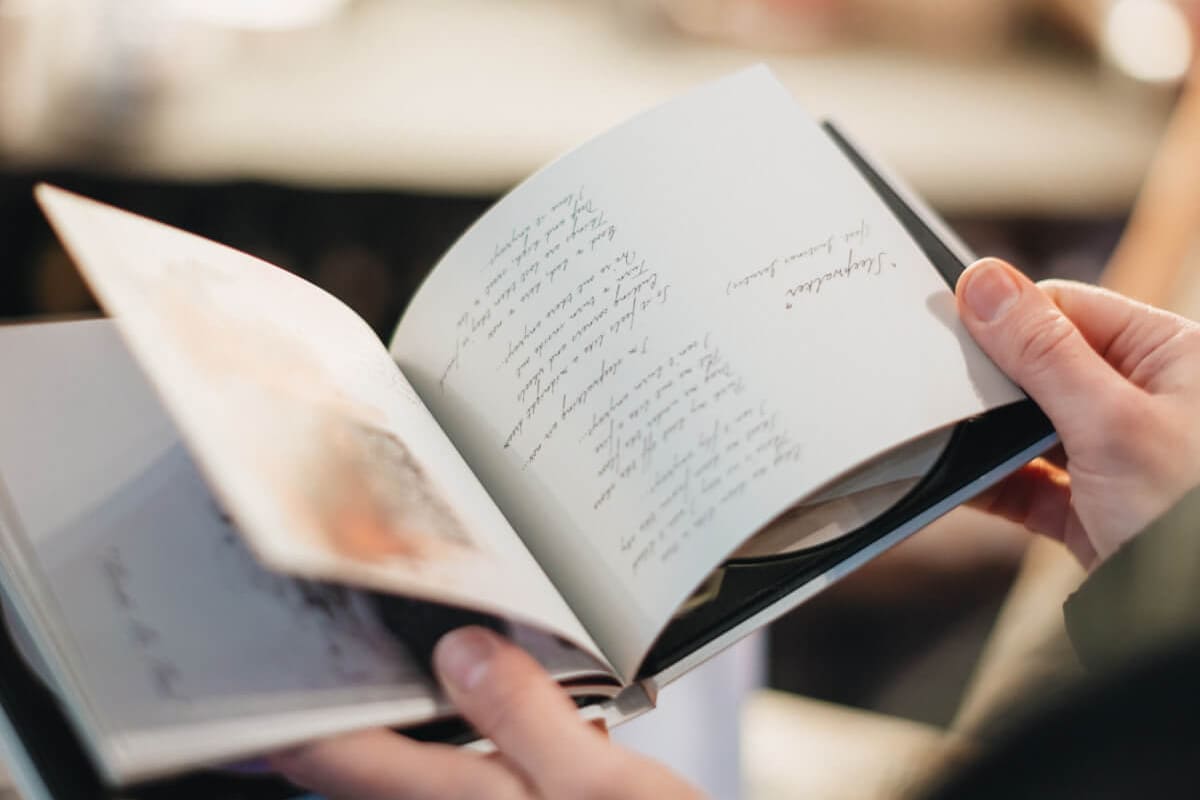Lesson 6: Paragraph Structure and Timing
The integral focus of this lesson? Mastering the all-important skill of knowing when to begin a new paragraph. Starting a new paragraph at just the right moment can accentuate a plot twist, highlight a character’s epiphany, or create suspense. Building upon our foundational lessons, we’re going to explore the nuances and intricacies of paragraph timing, ensuring your story flows seamlessly.
- Dialogue: Conversations between characters, often requiring new paragraphs for each speaker to clarify who is speaking. Example: Every time a different character speaks in a dialogue, it’s conventionally started on a new line.
- Atmospheric Description: Setting the scene by describing the surroundings, often employing rich imagery and sensory details. Example: “The air was thick with the scent of pine, and the forest floor was soft and damp underfoot.”
- Internal Monologue: Delving into a character’s inner thoughts, revealing emotions, doubts, and motivations. Example: “She wondered if she had made the right choice, her mind swirling with ‘what ifs’.”
- Pacing: The speed and rhythm of the story can be controlled through paragraph length and structure. Shorter paragraphs can create tension, while longer ones can slow the pace. Example: Using a series of short paragraphs or single lines for a chase scene.
- Flashbacks: Moments that take the reader back in time, providing backstory or revealing character memories. Example: A paragraph recalling a character’s childhood memory.
- Foreshadowing: Hints or clues about what will happen later in the story. Example: “She noticed the rickety railing on the balcony but brushed off her concerns, a decision she’d later regret.”
- Shifts in Perspective: When writing from multiple viewpoints, a new paragraph or section can indicate a change in the perspective from which the story is being told. Example: Switching from one character’s thoughts to another’s.
- Mood and Tone Setting: Using descriptive language to establish a particular mood or tone for a scene. Example: “The room was draped in shadows, with only the faint whisper of wind against the window panes.”
- Action Sequences: Describing a series of actions, often in fast-paced scenarios. Example: “He darted behind the car, bullets ricocheting off the metal.”
- Transitions: Moving from one scene or setting to another, often requiring clear paragraph structure to guide the reader. Example: “Meanwhile, back at the ranch, Jane was beginning to get worried.”
- Emphasis on Important Information: Sometimes, a single sentence or idea is given its own paragraph to stress its importance. Example: “In the silence of the room, the letter sat unopened.”
- Reflections and Revelations: Moments when characters come to important realizations or decisions. Example: “For the first time, she saw the truth.”
Prompt for Advanced Paragraph Structure Study Q&A Session:
Hello ChatGPT, I’m gearing up for another focused Q&A session, this time on advanced paragraph structure components in written English. Please pose questions based on the terms listed below. Once I’ve answered, evaluate my response, furnish feedback if needed, then serve up the next question. Remember to shuffle the questions to challenge my recall abilities. The terms for this session are:
- Dialogue
- Atmospheric Description
- Internal Monologue
- Pacing
- Flashbacks
- Foreshadowing
- Shifts in Perspective
- Mood and Tone Setting
- Action Sequences
- Transitions
- Reflections and Revelations
- Emphasis on Important Information
Let the session commence!

